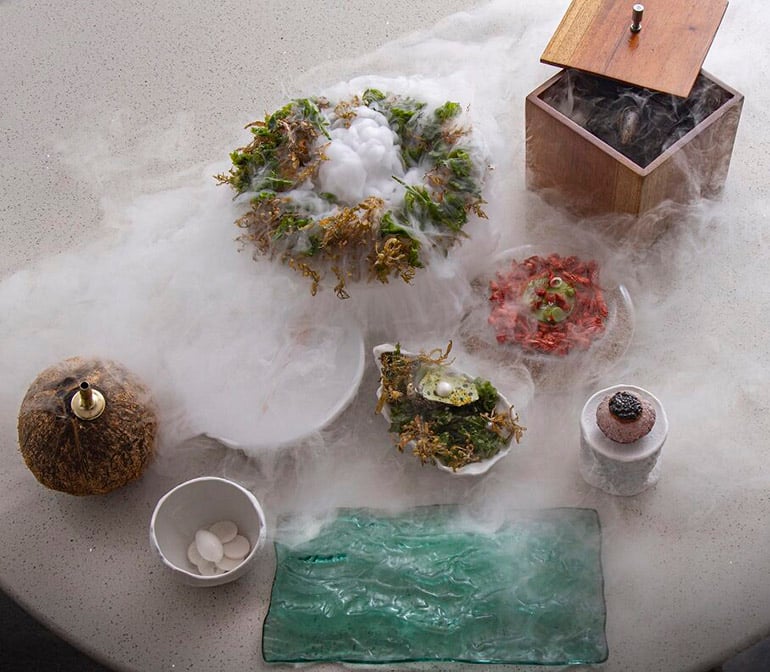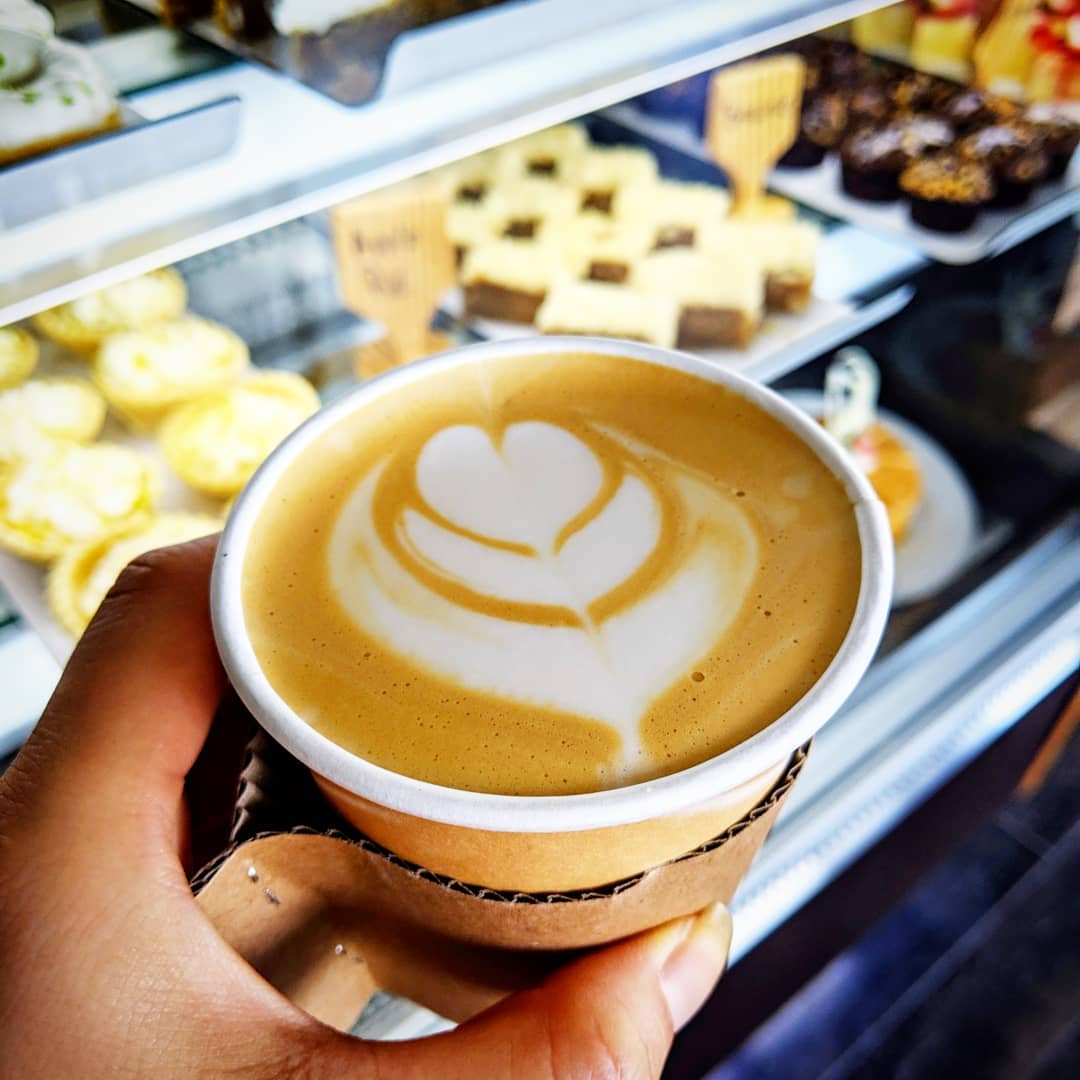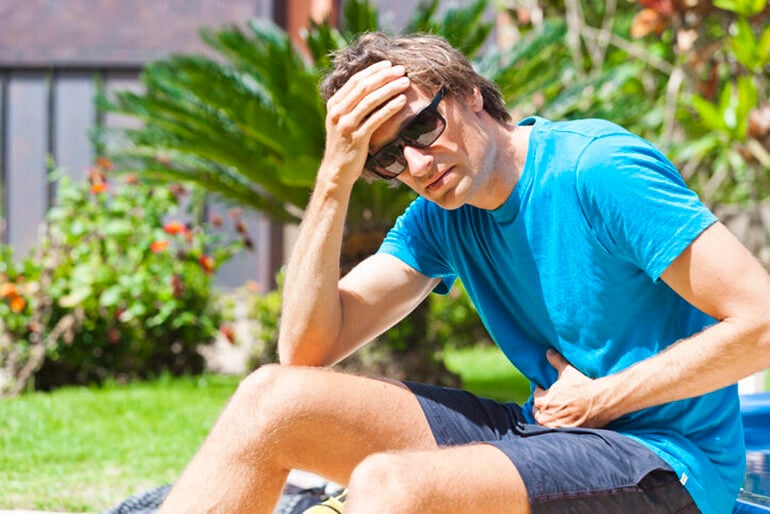With the wealth of options and recent resort emphasis on wellness and inclusion, believe it or not, making healthful choices while on vacation is not as hard as you think.
While some travelers look at all-inclusive resorts as an exciting opportunity to let all their normal rules and restrictions go hang, others may find the bounty overwhelming, even stressful. They worry about putting on vacation weight, the disruption to their carefully structured meal plans upsetting, and having to undo the “damage” a “Be Our Guest” style of dining can wreak on their diets and health.
And it’s not just about aesthetic, either. Some people also need to eat mindfully per doctor’s orders, whether it’s for their heart, gastrointestinal system, autoimmune disease triggers, or other conditions. Not everyone is fortunate enough to be able to eat decadent foods freely; some of the most gourmet dishes these wonderful properties have to offer may be out of reach for others.
Luckily, not only are many of our top resort brands cognizant of dietary restrictions (in fact, many boast gluten-free and vegetarian options at every restaurant), we at TravelBlogue with ALG Vacations™ on-staff Health and Wellness Coach David Pritchard have some great tips for you on how to stay on point while on-resort. You’ll be surprised at how much easier it is to do than you think!
Follow the 80/20 Rule
“Who doesn’t love indulging on vacation?” Pritchard asks, confessing, “I know I do!” But how he manages keeping those tendencies in check is by eating whole foods 80% of the time, reducing the instances of splurging to just 20%. With a big plate at a buffet, it’s easy enough to lay it out proportionately, since your meal is visual.
“I’ve been in the health business for over 20 years and have never seen anyone hurt their results by eating tasty treats every once in a while,” he assures us. Just be cognizant that the 20% doesn’t start looking closer to 50 and you’ll be fine if weight is your focus.
Go for the Grill
Beachtime and grill time go hand in hand, and every resort has at least one beachside grill and indoor one in their show cooking/buffet restaurant, plus one in their signature steakhouse if the property boasts one. Simply grilled proteins are a good way to fill up on this quality macro while reducing add-on calories or fats that may come with sauces, braises, or even sautees. This can help you stay gluten-free, low-carb, or keto. If the protein isn’t pre-seasoned, you can control your salt intake this way, too.
It’s easy enough to see how much oil or butter is used to cook your meat or veggies when they cook it right in front of you, too, and you can always ask for them to remove some if, for example, the amount of butter in your shrimp is more than ideal. Even in restaurants where the kitchen isn’t right before you, you can ask for less butter or oil, and the staff will typically modify your meal happily. Don’t be afraid to ask; remember, “any resort you go to will do everything they can to accommodate you,” says Pritchard.
Under the Sea
Many folks joke that they’re on see-food diets when on vacation: they see food, they eat it! However, by getting back to the pesca-principle, you can easily get the protein you need for fewer calories … and make heart-healthier, environmentally sustainable, local food-focused decisions in the meantime. Go for items that are good for you but may be cost-prohibitive or harder to get at home, like fin fish from that region. Grouper, snapper, bonefish, kingfish, tarpon, barracuda, and even types of tuna can all be caught off the coast of Cancun, for example, making them fresh and best there. Sport fishing is huge in Baja California, so eat marlin, rooster fish, sailfish, tuna, mahi mahi, shark, snapper, grouper, and wahoo to your heart’s content while in Cabo. In the Caribbean’s waters, there’s bonito, amberjack, bonito, cobia, dorado, kingfish, sea breams, snapper, and more, plus shrimp and Caribbean lobster to indulge yourself in.
Feast on these over imported meats to give your taste buds a sense of place, and treat your body with the omega-3 fatty acids, additional vitamins, calcium, iron, zinc, iodine, and more that you might not normally get inland.
Lean In
… To leaner, high-quality proteins, we mean! If seafood is just not for you, there’s always chicken and leaner cuts of steak, like sirloin, you can opt for. Stewed beef and pork can be good, too, provided you go easy on the sauce, which holds all the fat that was extruded during the long cooking process. Even at breakfast, you can choose leaner proteins. Pick out the fat from the carnitas station, choose regular whole instead of baked or refried beans, get turkey slices from the cold cuts station, and choose leaner slices of ham over sausage or deep-fried bacon. Opt for egg whites at the omelette station, with less oil and no cheese.
As Pritchard says, “Almost everything and anything can be customized to your liking, so if you’re looking for healthier options like non-fried eggs,” chances are, they’ll be able to make it for you.
Additionally, you can travel with protein powder, as ALGV BDM Richelle Ballangee does! She packs a small, portable coffee frother with her to make flavored protein coffee to start her days off right.
Watch Your Fruit
Smoothie bars are a treat, but often, people forget that as they’re blinded by the health halo around them. It’s important to remember that although fruits are high in valuable nutrients like vitamins and fiber, they’re also high in sugar. Don’t skip your breakfast thinking to be virtuous with a liquid meal, or pile on the pastries or other brekkie goodies and supplement with multiple shakes, juices, or smoothies. Moderation is key here.
“When at the smoothie bar, keep it simple with nut milks and seasonal fruits,” advises Pritchard. He recommends that you also “add some protein for all day energy” if that option is available to you. Some resorts now offer protein powder behind the bar in the mornings, so it’s worth checking! But bear in mind that regular yogurt, even plain, has naturally occurring sugars, and will not have as much protein as Greek yogurt, and order accordingly.
Carb Smart with Better Breads
White flour baked goods are heavenly—think pastries, cakes, viennoisserie, confectionery, cookies, and white breads. However, they can cause insulin spikes and inflammation, especially when consumed in quantity. A better choice is to go for whole grains when you can—look for words like “whole meal” and darker, granulated textures. You can also opt for corn tortillas instead of your usual bread sidekicks, or in lieu of flour ones.
Fill Up on Veggies
For anyone who doesn’t think they like vegetables, resorts can be where they change their minds. “The great thing about vacation is they do all the cooking for you, so this is your chance to try out new foods, new recipes, and fill up on tons of veggies you can’t get back at home,” says Pritchard. Sure, there are usually the typical steamed options of Normandy mix (broccoli, cauliflower, carrots, zucchini), but it’s not atypical to find local vegetables cooked creatively in a different cuisine’s style.
Pritchard also points out, “What I love about traveling to Mexico and the Caribbean is the amazing supply of exotic fruits and vegetables, so be open-minded! Fill up on foods you can’t get back home and things you have been wanting to check out but can’t.” For instance, callaloo, a leafy spinach-type of greens, is outstanding in Jamaica; Dominican Republic makes some magic with bitter greens; pumpkins (calabazas) are different in the Caribbean; and you can get fun things like nopales (cactus leaves) and zucchini flowers in Mexico. Mexican gray squash, yucca, cassava, green plantains, and others are other native harvests to try out to add some variety to your vegetables.
For those whose eyes are bigger than their stomachs, or just want to keep things simple, turn everything into a salad. Top resorts are used to catering to North Americans, so the days of worrying about the water used to clean lettuce leaves are long behind us. If you start your plate with a bed of lettuce, you’re already halfway there to a nutritionally healthier plate, more reasonable portions, and better decisions.
Portion Control Tricks
Eating is multi-sensory; we first feast with our eyes before our tongues. It’s easy to get overwhelmed and overfill the oversized plates, which is why we recommend using the smaller ones by the breads and salads at the buffet restaurant as opposed to the giant ones at the main stations. These will likely be closer in size to what you eat at home, which will keep you from overeating or wasting food.
You can also take advantage of your companionship. Pritchard says, “I love sharing with my fellow travelers, so this way you don’t feel like you’re missing out.” Opt for smaller portions, and share them all, having only a bite or so of each so you can have a taste of everything. After all, “At any resort, there are endless options for food, so be careful and don’t get caught eating too much too fast!”
Watch the Extras
We mentioned the health halo of fruit smoothies, but other ways calories, saturated fat, and other undesirable elements sneak into your vacation diet can be even more subtle. Sweet and juice- or soda-based cocktails add liquid calories and sugar, and alcohol typically has about 100 calories a shot. That puts your base drink at a minimum of 150 calories, and that’s on the bare-minimum conservative side. Budget for that, and order cocktails that either aren’t as sweet as, say, syrupy daiquiris, or ask for less sugar in drinks like mojitos, where they can control the additives.
You can also choose to drink wine instead, and in moderation, or just sip your alcohol on the rocks with a splash of seltzer, water, and a squeeze of lime.
Many resorts also now offer skim milk or dairy alternatives for your morning beverages or afternoon pick-me-ups. Go ahead and request “leche desnatada” or soy or almond. The worst that can happen is that they may not have it. Because as Pritchard sees it, you’ll want to “save [your calories] for stuff that matters … like all of the decadent foods around the destination.”
Most importantly, though, don’t forget to get your hydration levels up and keep them there. Booze and beans are enjoyable on vacation, but despite their liquid state, can be dehydrating. Skip the coffee headache and save yourself the hangover by drinking a glass of water for every cocktail you sip, and “keep drinking through the day, adding fresh fruit like lemons and limes” if you want a little flavor. And in Jamaica, keep an eye out for that delicious chlorophyll water some resort gyms and spas offer! It’s refreshing and delicious.
Looking for more travel and in-destination tips? Check out Mastering the New CDC Rules: What to Know Before You Travel and Best Healthy Protein Snacks for Busy Travelers of 2021, plus more related content to help you well on the go.






